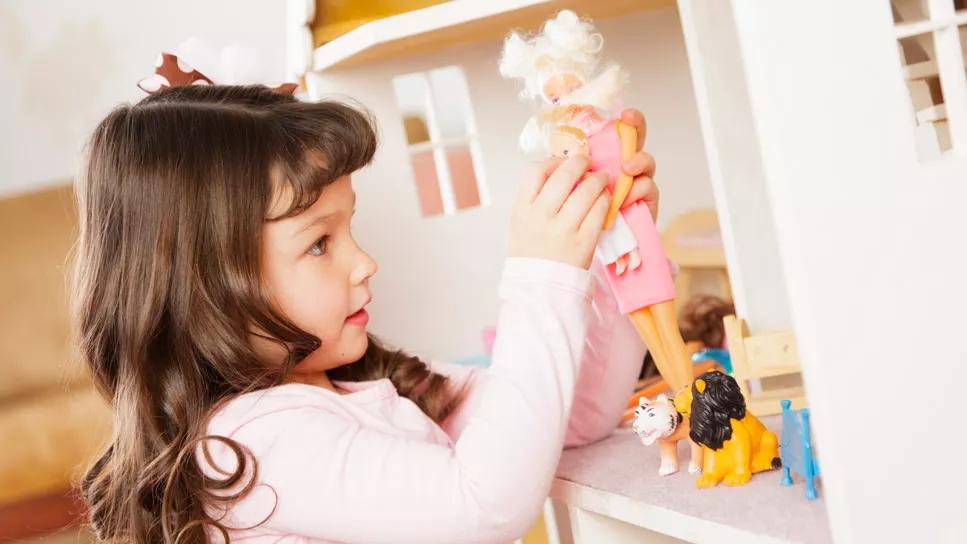Movie has more positive impact than expected, says Head of Adolescent Medicine

When invited to write a commentary on the 2023 Barbie movie, Ellen S. Rome, MD, MPH, Head of the Center for Adolescent Medicine at Cleveland Clinic Children’s, first scheduled a movie viewing with her adolescent medicine colleagues. Next, she reflected on her own relationship with Barbie, the doll she “owned and loved” as a child and introduced to her own children.
Advertisement
Cleveland Clinic is a non-profit academic medical center. Advertising on our site helps support our mission. We do not endorse non-Cleveland Clinic products or services. Policy
“Barbie could do and be anything, and she was a loyal friend, responsible older sister, a great doctor, a President, an astronaut, and any other career you could envision,” writes Dr. Rome. “In my youth, she had an impossible figure and was also blonde-haired and blue-eyed, as were most of the Disney princesses back then — and I must admit, for my first two decades, I always wished I had blonde hair and blue eyes, reflecting the power of imprinting.”
In her perspectives article, “Barbie: Food for the Soul or Fanciful Nostalgia?,” Dr. Rome discusses the impact of Barbie on society, specifically on children and adolescents.
Despite widely known research on the negative effects of Barbie, such as body dysmorphia and low self-esteem in girls, Dr. Rome contends that the Barbie movie helps counter those ills. Based on discussions with her colleagues, her patients and their parents, Dr. Rome asserts that the movie instead conveys:
From the opening scene (as Barbie slides into her high-heel slippers before eating her foodless breakfast), to Barbie’s arrest in the real world for punching a man who gropes her, to one character’s impassioned speech about the impossible expectations of womanhood, the movie offers numerous prompts for family conversation.
“These media moments can help clarify what a teen or tween believes is the appropriate response to misogynistic behavior, such as unwanted groping, giving parents the opportunity for values imprinting and reinforcing their view of a correct response,” says Dr. Rome. “In other words, listen first, clarify, discuss, and then circle back to the kid’s beliefs and responses.”
Advertisement
Undoubtedly, Barbie has impacted our society, Dr. Rome notes, citing consumer data, Mattel branding efforts, and multiple research studies on Barbie’s association with social comparison theory. But Dr. Rome questions whether Barbie is a cause or effect of society’s views on weight and body image.
Dr. Rome’s analysis of the movie tries to set the record straight.
“Should we watch the Barbie movie with our kids? Does playing with Barbie harm their psyche?” she writes. “It seems that the context of how we parent and encourage our patients and families to live and play has more impact than any one doll. Our weighty talk at home may pile on to any negative self-image induced by play with an out-of-proportion doll. And the movie provides ample opportunity for connection, values clarification, and family discussion over dinner or otherwise.”
Read Dr. Rome’s full article in the March 2024 issue of Advances in Nutrition.
Advertisement
Advertisement

Integrated care model reduces length of stay, improves outpatient pain management

A closer look at the impact on procedures and patient outcomes

Experts advise thorough assessment of right ventricle and reinforcement of tricuspid valve

Study also finds that 26% of children with cancer have mutations in DNA repair genes

A closer look at current uses and future opportunities

Experts are challenging the one-size-fits-all paradigm

Quality improvement project addresses unplanned extubation

Cardiac imaging substudy is the latest paper originating from the VANISH trial